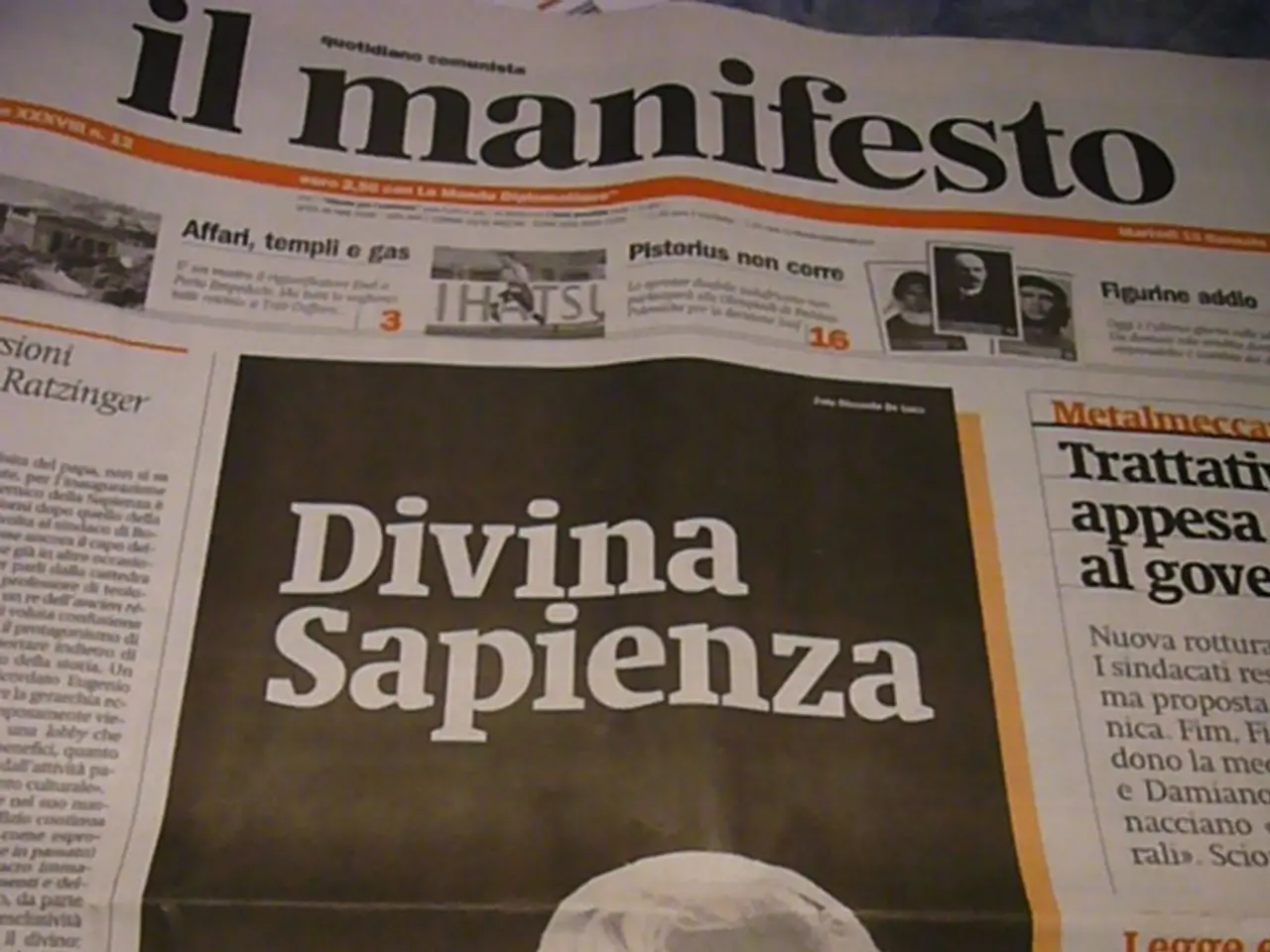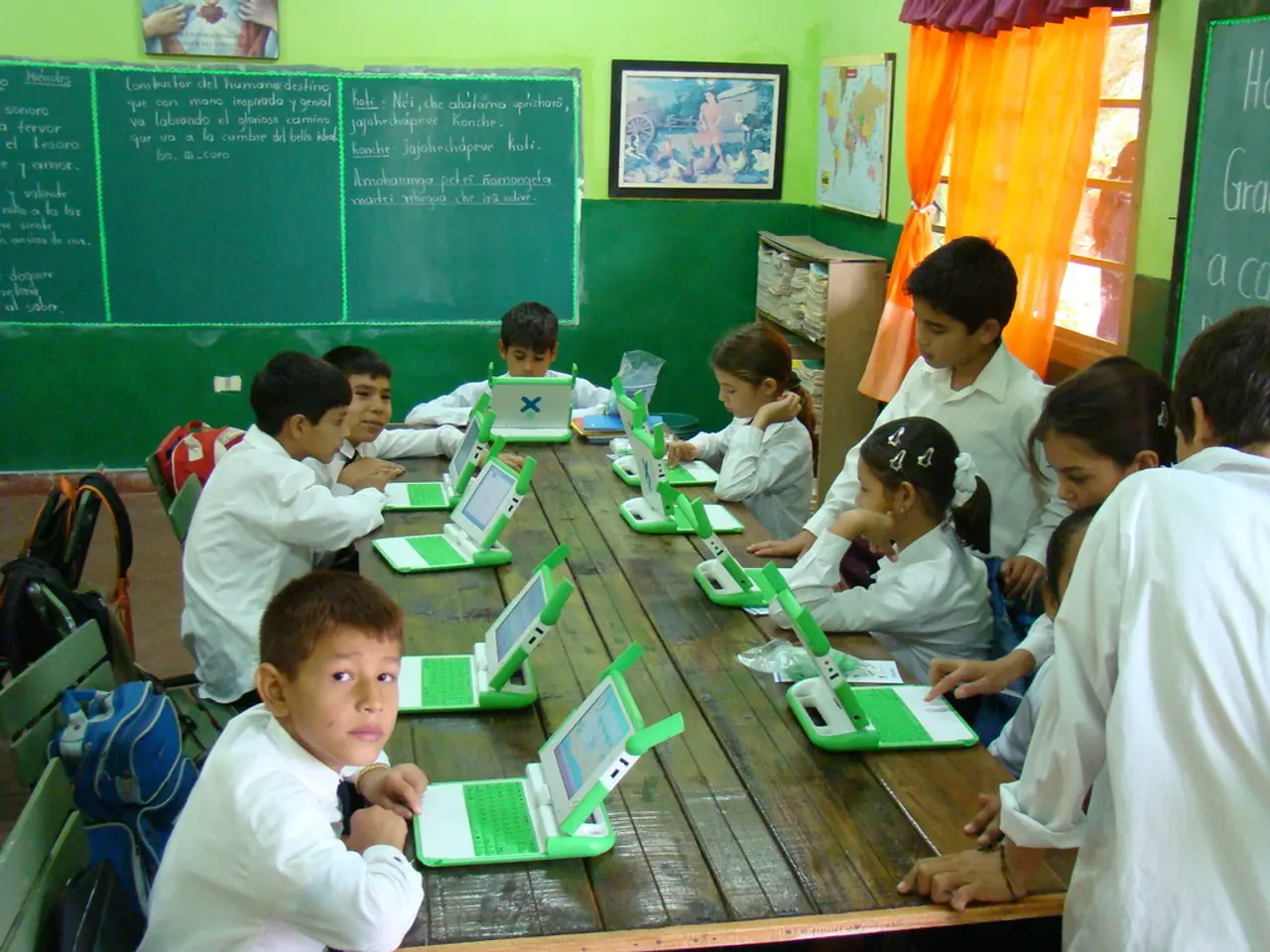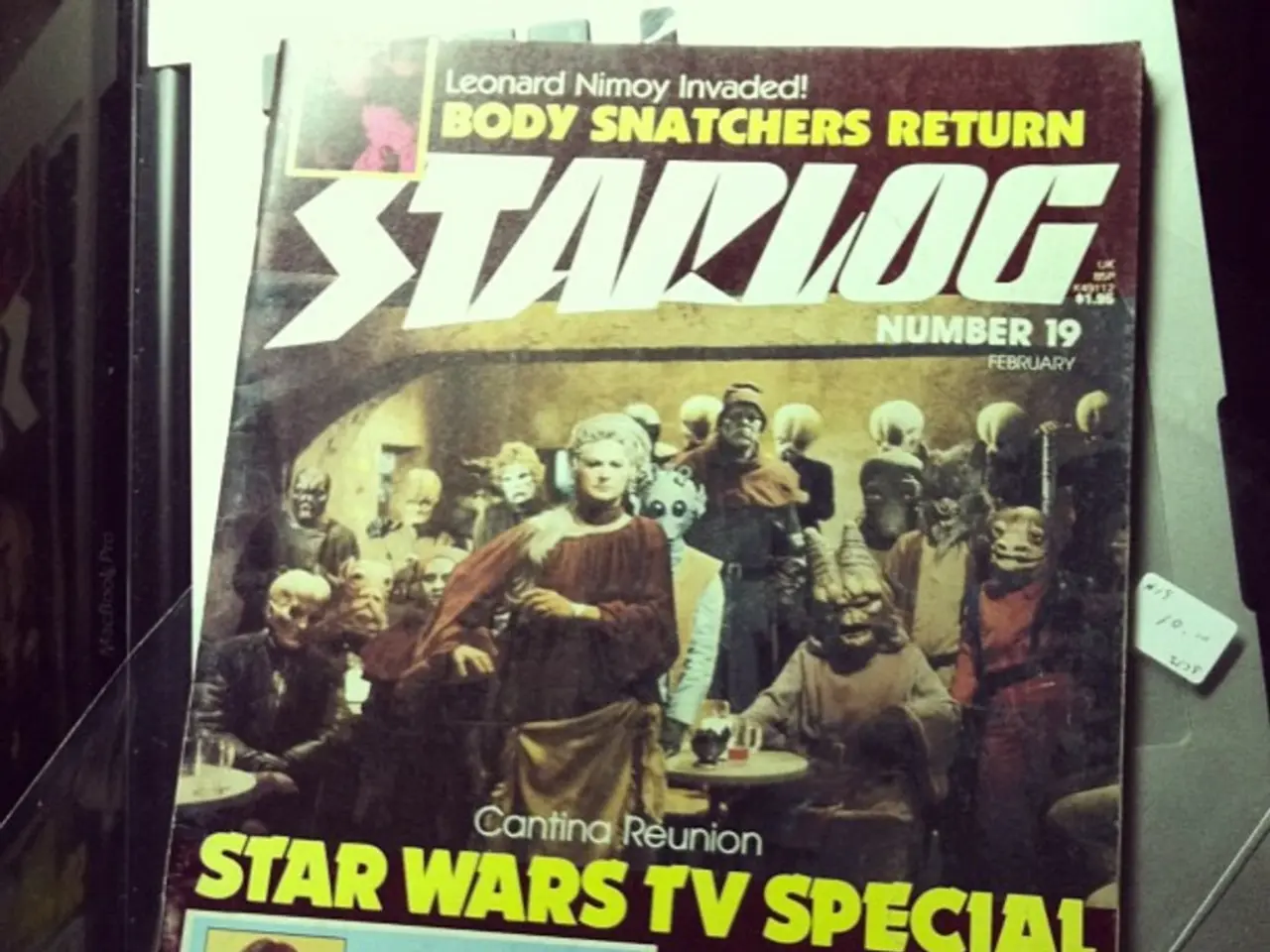Exploration of Creative Writing (Continuation): Journalistic and Academic Composition
In the world of academia, finding a unique feeling of accomplishment and enjoyment can sometimes be a challenge, especially when it comes to writing academic papers. However, Sam Shapiro '21, a Features Editor and writer for the Daily Princetonian, believes that adopting a journalistic mindset can breathe new life into academic writing.
By embracing clear, engaging, and relatable topics, students can transform their academic papers into thrilling reads. This approach involves blending storytelling elements with the precision, objectivity, and structured argumentation characteristic of academic writing.
One key strategy is using simple, clear, and direct language, much like journalism aims to reach broad audiences with accessible prose. Writing as if explaining to a friend can keep the style engaging yet clear. Planning and structuring the writing carefully, similar to how journalists outline stories for logical flow, is another essential technique. Brainstorming and outlining can help organize main ideas and evidence in a coherent, compelling sequence, reducing writer's block and keeping the reader engaged.
Choosing compelling, relevant topics that genuinely interest students, possibly relating to current events or social issues, is crucial. When students write about meaningful subjects, the writing becomes more enthusiastic and authentic. Incorporating storytelling techniques such as strong leads, focused narratives, and vivid, specific details can make the material more lively without sacrificing academic objectivity and evidence-based analysis.
Maintaining academic standards by using evidence, a consistent style, and proper referencing is vital. Allowing the student's natural voice to come through keeps the writing honest and engaging rather than overly formal or impersonal. Balancing objectivity with a clear point of view, using precise language and technical vocabulary properly, while occasionally using first-person when appropriate in the discipline to express personal insight, is also essential.
The Daily Princetonian, a student-run publication that produces a daily edition, is a prime example of this approach. As we near Dean's Date, taking on a journalistic mindset and freedom in writing is encouraged. This approach aligns with advice from various academic writing guides emphasizing clarity, planning, relevant topic selection, and maintaining style while avoiding unnecessary complexity.
Journalism allows for more fun and flexibility, including the use of personal voice and humor. In fact, there is an interview with Writing Center Fellow Johanne Kjaersgaard '22 in the "The Writing Process" series, which delves deeper into this topic. Fact-checking occurs in both journalism and academia to ensure honesty and integrity. The goal in journalism is to tell an authentic truth about a story.
For academic writing, asking questions like "What are you interested in? What story do you think needs to be told?" can help inspire and guide the writing process. Finding a story within your subject or field can make academic writing fun. For instance, Sam Shapiro is always on the lookout for interesting stories on campus that she wants to learn more about.
The audience for student journalism includes classmates, teammates, hall mates, and the student body at large. So, the next time you're faced with an academic paper, remember to approach it with the thrill of a journalist, and watch your writing transform into something exciting and engaging.
- Integrating journalistic techniques into academic writing can enhance the educational experience by turning research papers into intriguing narratives, as demonstrated by Sam Shapiro, a Features Editor and writer for the Daily Princetonian, who encourages students to adopt a journalistic mindset for academic writing.
- Developing a captivating and well-structured academic paper involves combining storytelling elements with research resources, following a journalistic approach that emphasizes clear, accessible language, engaging topics, careful planning, and the maintenance of academic standards for a compelling and authentic outcome.




